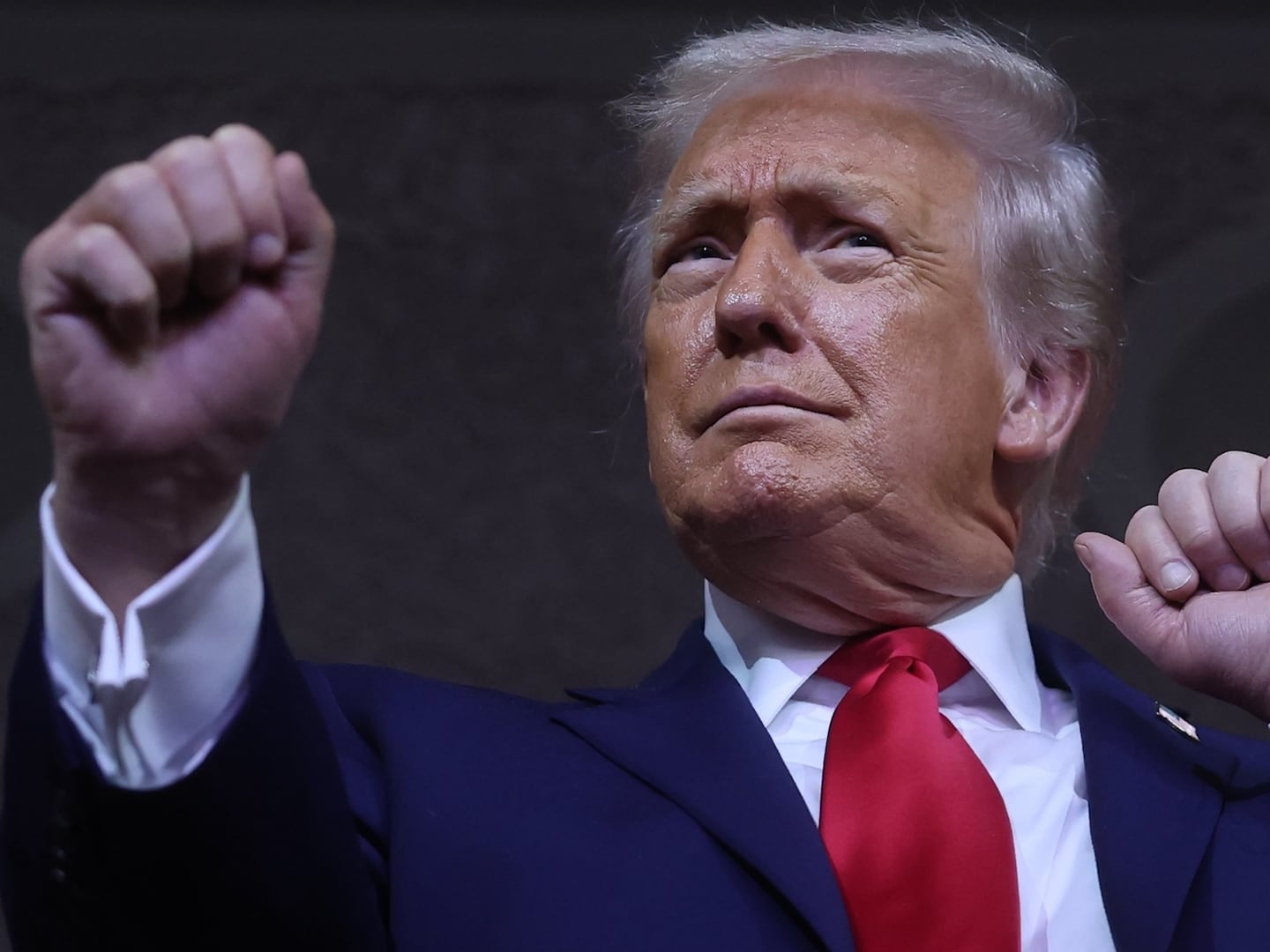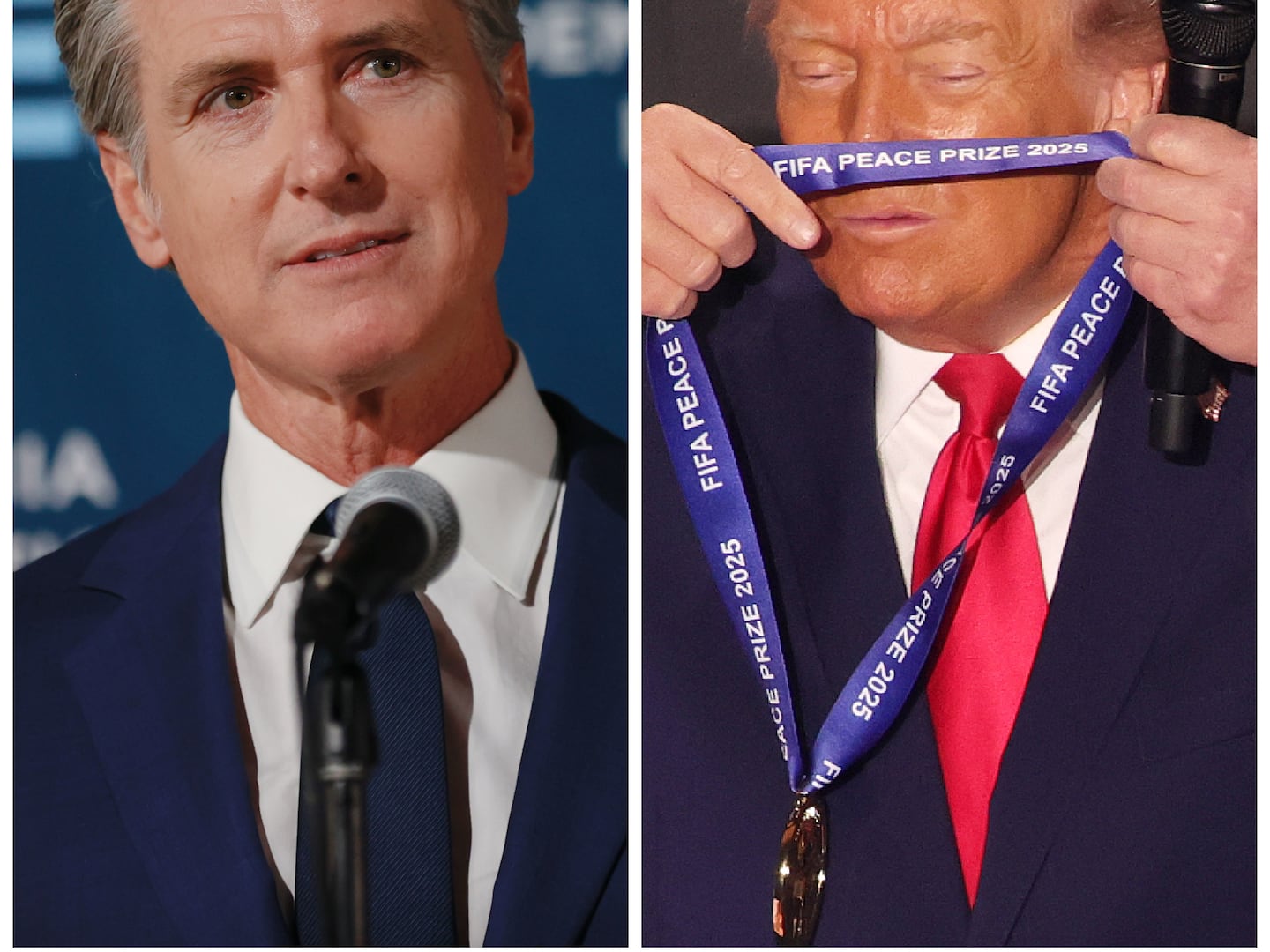Racial segregation in higher education is not just a topic confined to history classrooms.
After last year’s protests across the country over racial inequality, more universities have warmed to the idea that students should be segregated by race in clubs, diversity initiatives, housing, and conversations about race.
Come November, the University of Vermont will host a three-day “Examining White Identity Retreat” for students who self-identify as white.
The retreat aims to educate students about white privilege, start a dialogue to combat racism at the university, and “conceptualize and articulate whiteness from a personal and systemic lens,” according to the university’s website. The University of Oregon is planning similar retreats for January 2017, one for white students and one for white faculty members.
Last June, minority students, faculty, and staff at the University of Wisconsin at Madison’s Multicultural Student Center held separate meetings for minority students and white students to discuss the shootings of African-American men in Missouri and Louisiana.
On one hand, this is nothing new. Columbia University has held its annual “Students of Color Leadership Retreat” for more than 15 years, according to a school spokesperson.
Student groups have long formed around identities like race, sexual orientation, and religion. Self-segregation of marginalized students in mostly upper middle class, higher education environments has allowed them to have dialogues they feel they cannot have with non-marginalized students.
Universities who rightly advocate and promote diversity are increasingly supporting them with new initiatives and programs to build stronger communities.
More new are the efforts to educate white students about white privilege, and the criticism from both minority students and white students of racially segregated programs.
Concordia University, St. Paul’s annual orientation for minorities backfired recently when a student of color took offense to a letter that said all minority students were “expected” to attend. Another minority student called the orientation “discriminatory.”
Oregon State University did not respond to multiple requests for comment regarding its “Examining White Identity Retreat,” though an internal email from a Diversity and Cultural Engagement (DCE) representative was provided to The Daily Beast by an anonymous member of the community who said they’d been asked not to speak to media.
The DCE rep had “emailed all of the white colleagues at DCE to form a group” to discuss “whiteness in our work, ways we are implicated and invested in whiteness as an organizational norm, and how to counter negative effects on our colleagues of color that result from each of us having been socialized via white ways of knowing,” the email stated, adding that the group was “DCE specific and for our white staff to learn and grow together.”
In a statement to The Daily Beast, the University of Vermont said its “Examining White Identity Retreat” was not mandatory and was “designed to engage white students who wanted to become more effective allies in confronting racism.”
The university also noted that “the concept of white privilege is not new nor is it exclusive to UVM.”
Critics say these racially segregated programs can perpetuate bias, particularly when the dialogue that takes place within them doesn’t extend to the larger community.
A 2004 study that examined “ethnic enclaves” within college universities, surveying incoming freshmen at the University of California, Los Angeles the week before classes began and those same students each spring for the next four years, found that “membership in ethnically oriented student organizations actually increased the perception that ethnic groups are locked into zero-sum competition with one another and the feeling of victimization by virtue of one’s ethnicity.”
The researchers found that this “victimization” and attendant hostility toward other ethnic groups applied to both minority students and white students in predominantly white fraternities and sororities.
“The longer they were in these clubs, the more they felt they were being discriminated against by other students at the university and by the administration,” said co-author Jim Sidanius, now professor of psychology and African American studies at Harvard. “This increased sense of victimization contributed to an increase of tension between and among these groups.”
Universities are in a bind, Sidanius said. They want to promote diversity, which is a good thing, but they haven’t found an effective way of doing so without negative side effects.
“So far, I haven’t seen universities come up with any solutions,” he said.






